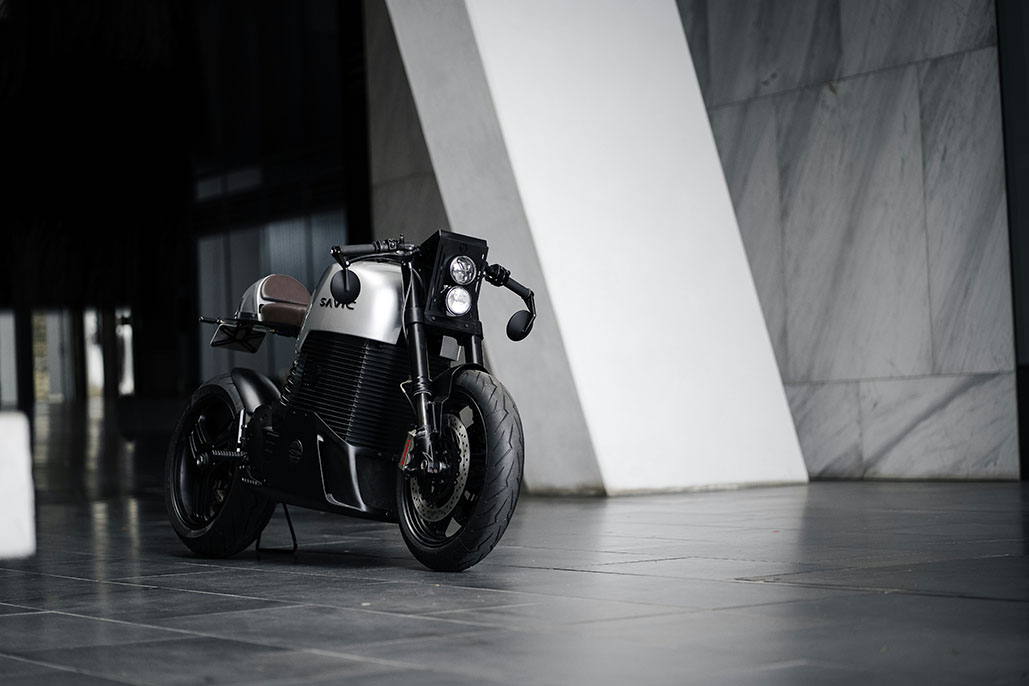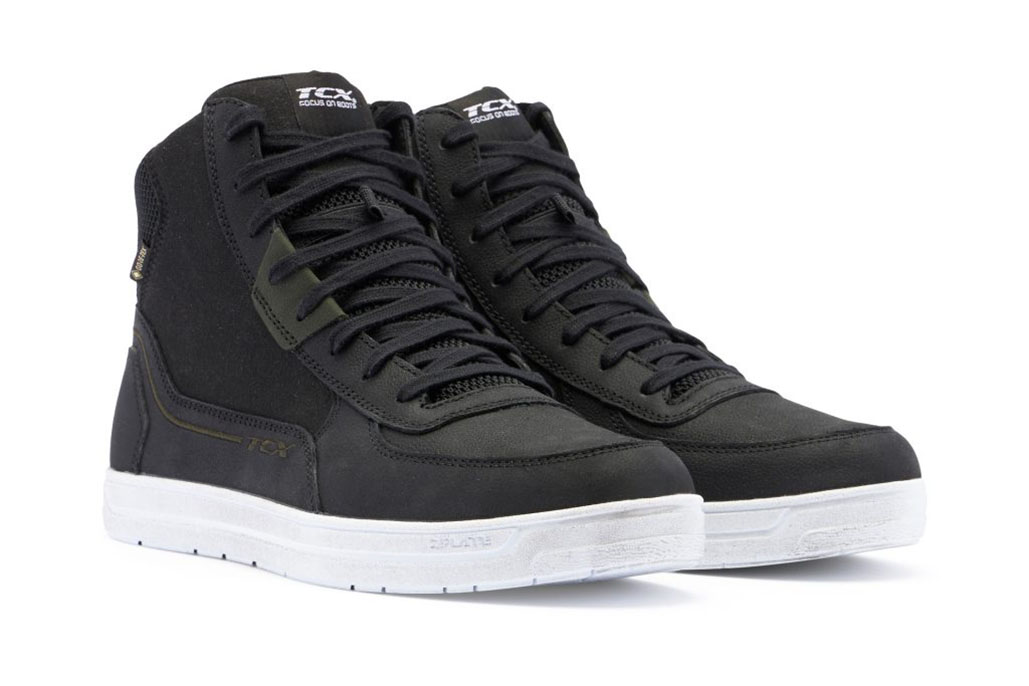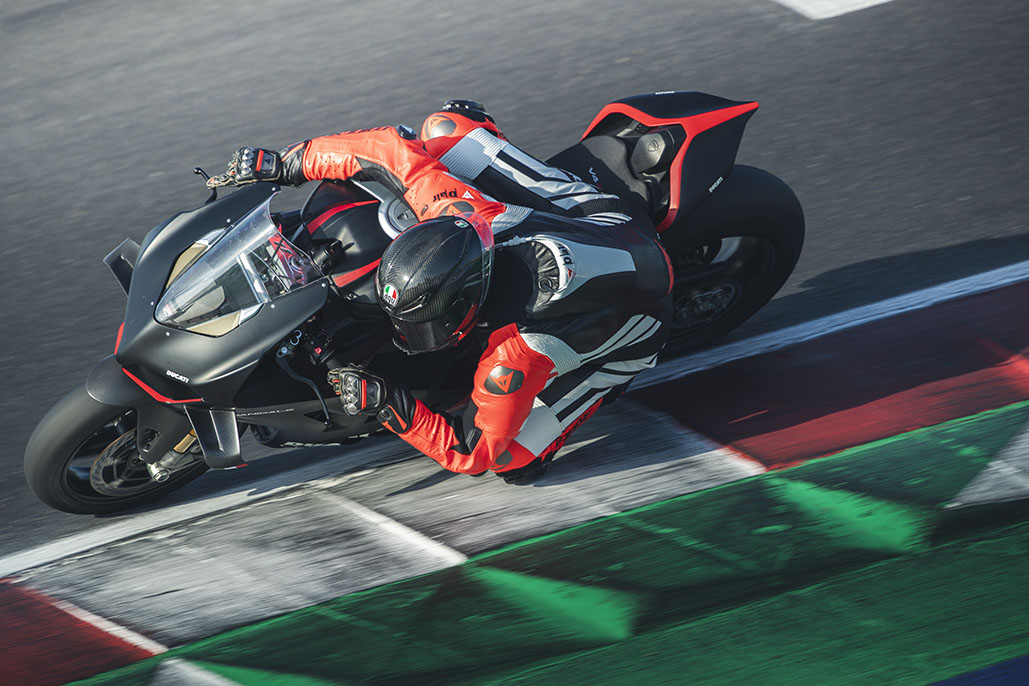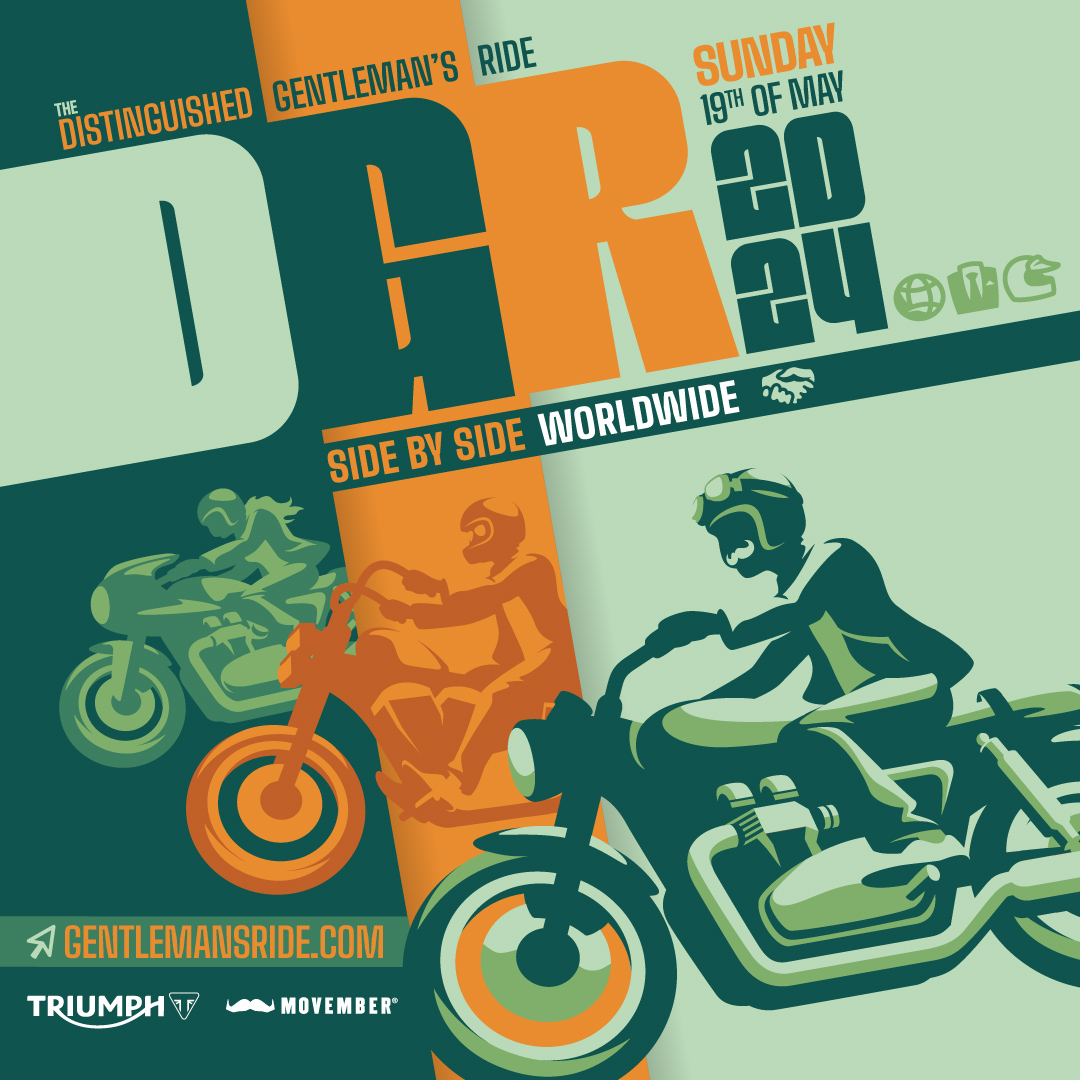Electric two-wheeler popularity soars – expert advice for new riders
 Search interest in the topic ‘electric motorbikes and mopeds’ has skyrocketed by 1000% in the last 5 years according to Google Trends. Now, Jessica Lofts from Lexham Insurance, leading insurance provider specialising in two-wheeled vehicles, shares her top tips for those considering to hop on the trend!
Search interest in the topic ‘electric motorbikes and mopeds’ has skyrocketed by 1000% in the last 5 years according to Google Trends. Now, Jessica Lofts from Lexham Insurance, leading insurance provider specialising in two-wheeled vehicles, shares her top tips for those considering to hop on the trend!
-
Google Trends data also shows that UK searches for ‘electric motorbike UK’ increased by 250%, and ‘electric moped’ by 200% in the last 5 years.
-
Between 2022 and 2030, the global electric motorbike industry is projected to grow by an average of 10.2% every year, while the UK government has recently pledged £381 million toward improved charging infrastructure.
-
1 million UK households are likely to own motorcycles or mopeds by 2034.
“Given that running costs are typically lower for scooters, mopeds and small motorcycles, it’s not surprising that we’re seeing an increase in interest now that people all over the country are looking for ways to reduce their outgoings.” Jessica says.
“As charging infrastructure begins to improve across the UK and the market offers a greater variety of quality electric motorcycles, it’s definitely time to take a fresh look at the electric offering available to consumers. The models currently on the market have really revolutionalised over the last few years and are starting to rival many petrol bikes. Depending on the model, you might even be able to get farther on an electric motorcycle than you can on a full tank in a petrol motorcycle.”
As one of Lexham’s experts behind the BikeMatters blog, Jessica offers invaluable insights for those looking to join the electric revolution:
1. Choosing the Right Type of Motorbike or Moped
The first step in joining the electric movement is selecting the right type of motorbike or moped. With a variety of models on the market, it’s crucial to consider your specific needs, including commuting distance, storage capacity, and budget. Electric models offer the benefits of lower operating costs and reduced environmental impact, but it’s important to assess charging infrastructure in your area to help you determine whether the range of the model is sufficient. “My personal recommendation is the Piaggio 1,” says Jessica, “It is an affordable, well-spec’d, and stylish urban commuter, and costing just £2,550 makes it a pretty budget-friendly option too from a well-known brand!”
2. Legal and Safety Requirements
Remember, electric bikes require a valid MOT for road use, and you can verify your bike’s status on GOV.UK to sidestep any fines. While electric vehicles enjoy an exemption from road tax until 1st April 2025, it is mandatory to register them with the DVLA to ensure compliance with road usage regulations. So, for the newly initiated, what are some beginner essentials to add to the shopping list for electric motorbike and moped riders?
Valid License/ License Plates: Riders of electric motorcycles or mopeds exceeding 28mph must be at least 17 and have passed their CBT. Licencing for electric models mirrors that of petrol-fuelled ones, allowing rides up to a 125cc equivalent with a CBT. Licence plates must be displayed on electric mopeds, scooters, and motorcycles as per usual requirements.
Spare Battery: Many electric motorcycles, especially smaller models, offer removable batteries for increased convenience and range, allowing one to be charged while the other is in use.
Charging Cables: Always carry the charging cable for emergency recharges, and ensure compatibility with available charging points. Storing cables in under-seat compartments can keep them handy.
 3. Getting insured with the experts
3. Getting insured with the experts
“The level of insurance you decide to get for your motorcycle or scooter really does depend on your personal preference and situation”, says Jessica. There really is no right or wrong answer as to which insurance to choose, just make sure you provide yourself with enough coverage if the worst were to happen”.
With ‘motorcycle insurance’ as a top breakout topic in Google Trends, finding the right motorcycle insurance coverage is a widely queried subject. This decision should take into account various factors, including motorcycle/moped value, living area, riding experience, and the bike’s intended use. Here is a breakdown of the main motorcycle insurance coverage available:
Motorbike and scooter insurance comes in three main types: Third-Party Only (TPO), which is the minimum legal requirement and covers damage to third parties but not the rider’s own vehicle; Third-Party, Fire and Theft (TPFT), which adds coverage for the vehicle if stolen or damaged by fire; and Comprehensive, which includes all the benefits of TPFT along with protection against accidental and malicious damage. Each type offers varying levels of protection to suit the different needs and preferences of riders.
Breaking down the difference between TPFT and Comprehensive insurance in clear terms, Jessica explains: “A third-party insurance policy will cover you for any damage to a third party (person or property) whereas comprehensive insurance will also cover any damage to your bike as well, regardless of whether the incident was your fault or not.”
The shift towards electric motorbikes and mopeds reflects a change in personal transport values and priorities, with sustainability, efficiency, and cost-effectiveness at its core. As this trend continues to evolve, Lexham Insurance remains at the forefront, offering insights and recommendations to navigate this new landscape, making sure riders are well-informed and adequately insured for the road ahead.














